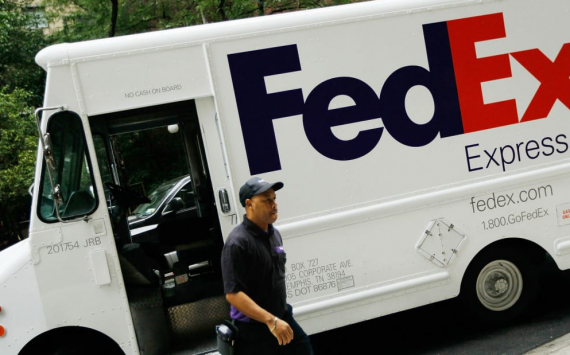
The price of delivery
Delivery tariffs are rising faster than they have in nearly a decade, increasing pressure on merchants to raise prices or find other ways to offset higher costs.
FedEx Corp on Monday said delivery rates will rise by an average of 5.9 percent next year for most of its services, the first time in eight years the company or its rival United Parcel Service Inc. has exceeded the annual increase of 4.9 percent.
UPS is expected to announce rate increases for 2022 in the coming weeks. According to Transportation Insight LLC, a supply chain management and logistics company, the two carriers have been pacing their annual rate increases since at least 2010.
The reversal of the 4.9% annual increase shows how pricing has shifted to carriers such as FedEx, UPS and the US Postal Service, which saw demand for their shipping and home delivery options increase dramatically during the pandemic. Higher-than-normal rate increases are also a sign of inflation reflected throughout the global supply chain.
FedEx and UPS have been hinting to shippers that the annual rate will be higher than before. Previously, some shippers had clauses in their contracts stating that their annual rate would increase by around 2.5-3%, half of the generally available rates. According to shipping consultants, in recent weeks some major shippers have renewed contracts that cap their annual increases at 5%.
FedEx's new rates will come into effect on 3 January. They will increase by an average of 5.9 per cent for FedEx Express US postal shipments, as well as for FedEx's ground and home delivery services, which are more focused on e-commerce shipments.
FedEx said the higher rates are due to a "challenging operating environment" and will allow the company to continue to invest in its network, including service improvements, fleet maintenance and technological innovation.
Online retailers have already had to deal with higher prices during the pandemic. Shortly after the blockages began last year. FedEx and UPS approached several major shippers with new contracts that included double-digit cost increases through a combination of higher rates and fewer discounts. With capacity constraints on all operators, some either accepted the new terms or tried to switch their business to other operators.







